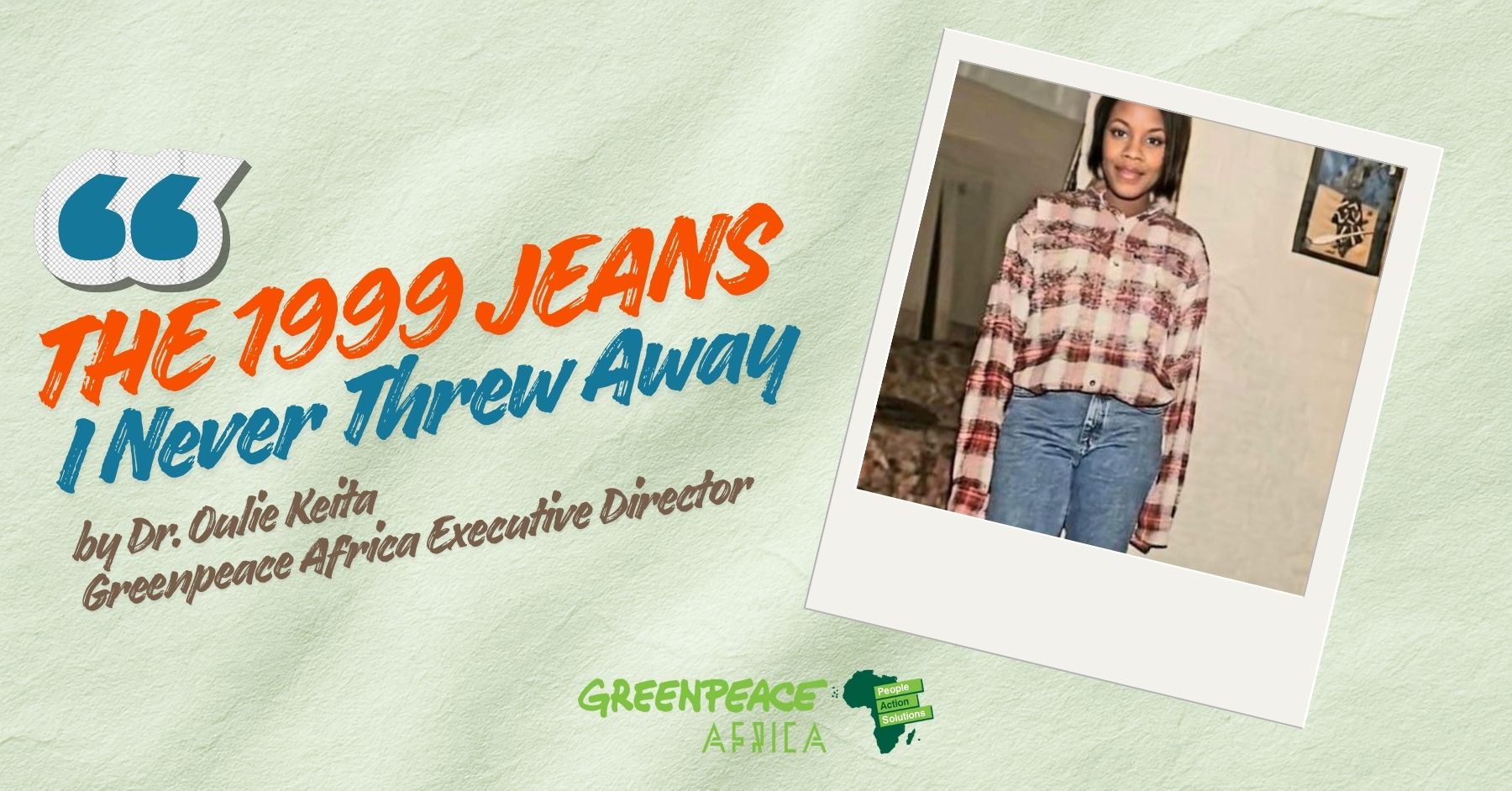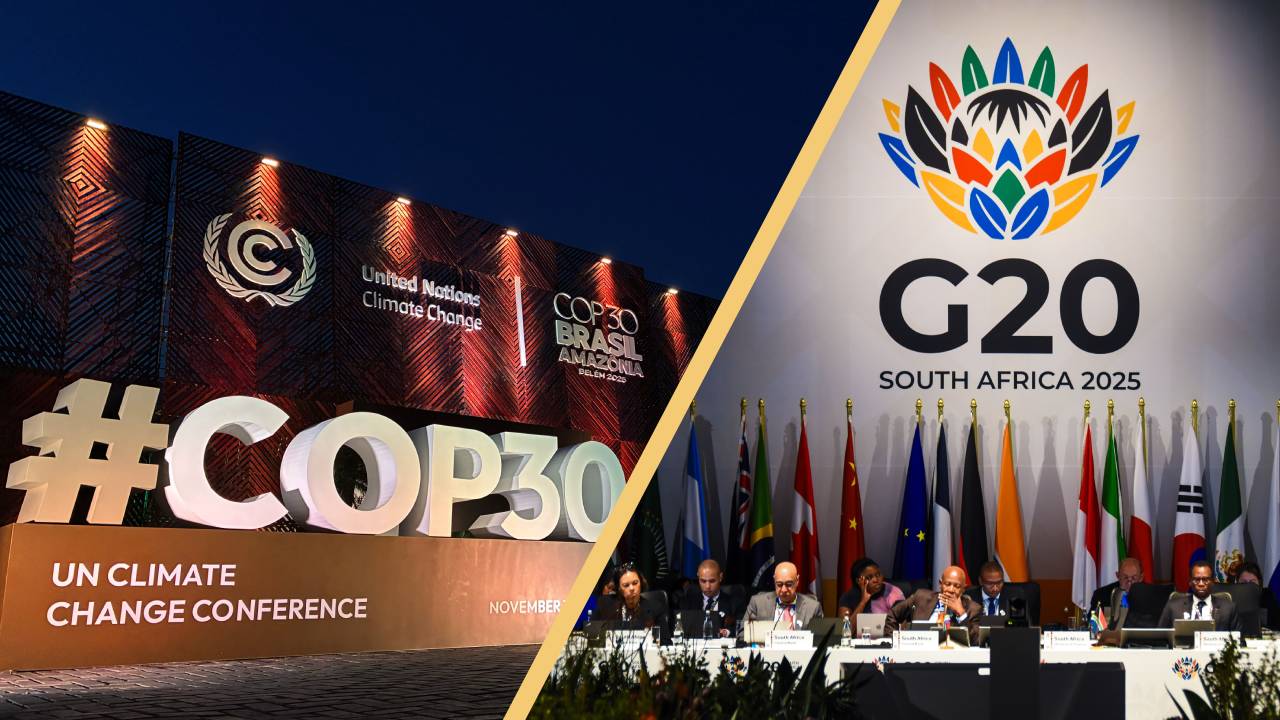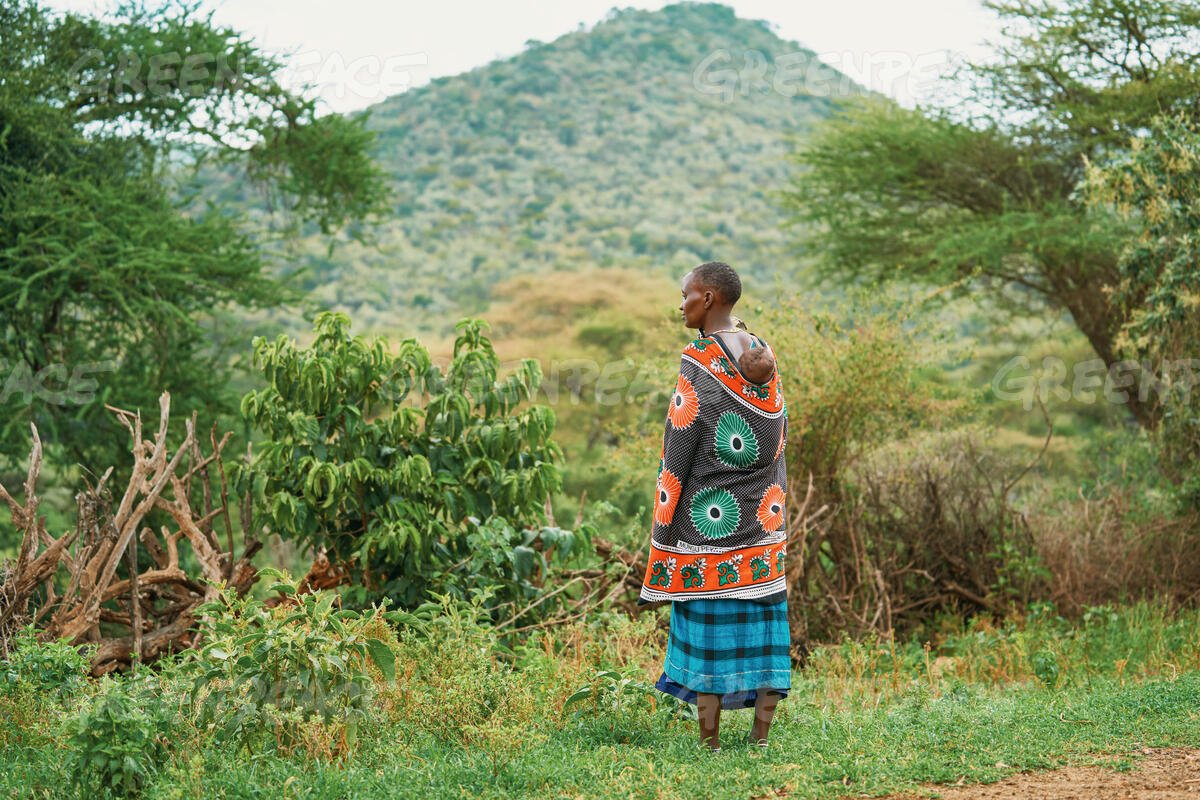The 2025 edition of the United Nations Ocean Conference (UNOC) has come to a close, leaving behind some hopeful progress. Among the key developments was the signing and ratification of the High Seas Treaty by new African countries, including Senegal and Côte d’Ivoire — an important step toward better protection of our oceans.
Adopted in June 2023 after years of intense negotiation, the High Seas Treaty (also known as the BBNJ Treaty) opened for signature at the United Nations in September 2023. It marks one of the greatest victories ever recorded for ocean protection.
TIME IS RUNNING OUT FOR OUR OCEANS!
Most African countries have not yet signed or ratified the High Seas Treaty. Has yours?
Why does the High Seas Treaty matter?
The high seas, areas of ocean that lie beyond national jurisdictions and cover nearly half of the planet’s surface, are under mounting pressure. From industrial fishing and pollution to shipping traffic and climate change, the threats are multiplying. More recently, deep-sea mining has emerged as a new and alarming danger to marine biodiversity. This destructive activity has even received political backing from figures like the U.S. President Donald Trump.
To achieve the global 30×30 target which is protecting 30% of the world’s land and oceans by 2030 we must protect at least 11 million square kilometers of ocean each year. So far, the High Seas Treaty is the only tool that can make this vision a reality, enabling countries to create large-scale marine protected areas on the high seas.
But time is running out. As of May 2025, only 21 countries have ratified the treaty. To make it legally binding, at least 60 nations must ratify it, ideally by the end of 2025. If that happens, the remaining five years could be used to build a global network of marine sanctuaries.
Meanwhile, threats are growing. Between 2018 and 2022, High Seas fishing hours increased by 8.5%, a trend that is worsening daily.
What happens after signing?
When a country signs the treaty, it signals its intent to ratify. Ratification involves passing national legislation to give the treaty the force of law. Once 60 countries have ratified it, the treaty becomes legally binding and opens the door for real change in ocean governance.
- The treaty addresses the most pressing threats to marine biodiversity by including:
- Fair access to and sharing of marine genetic resources
- Tools for creating and managing marine protected areas
- Requirements for environmental impact assessments
- Capacity building and technology transfer for developing countries
The message is clear: Every signature counts. Every delay weakens the goal. If others have done it, why not you?



